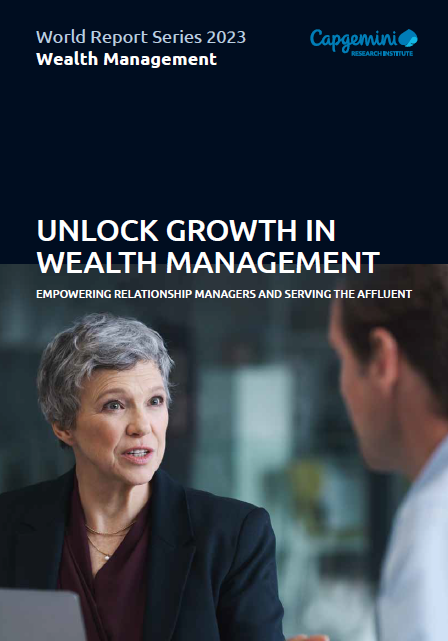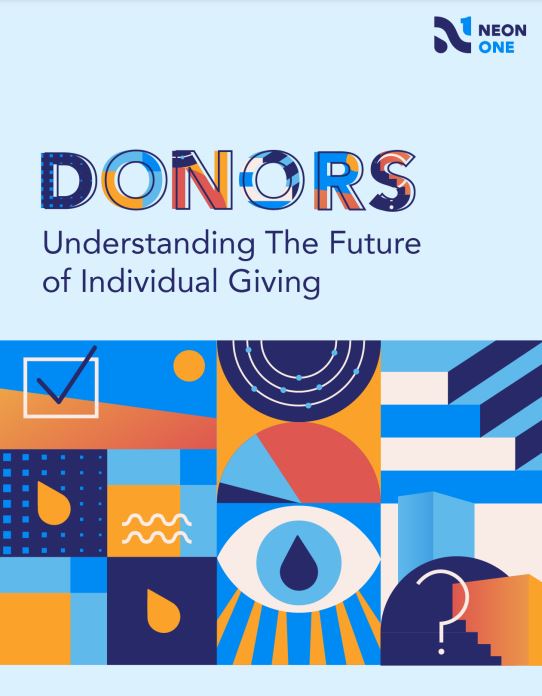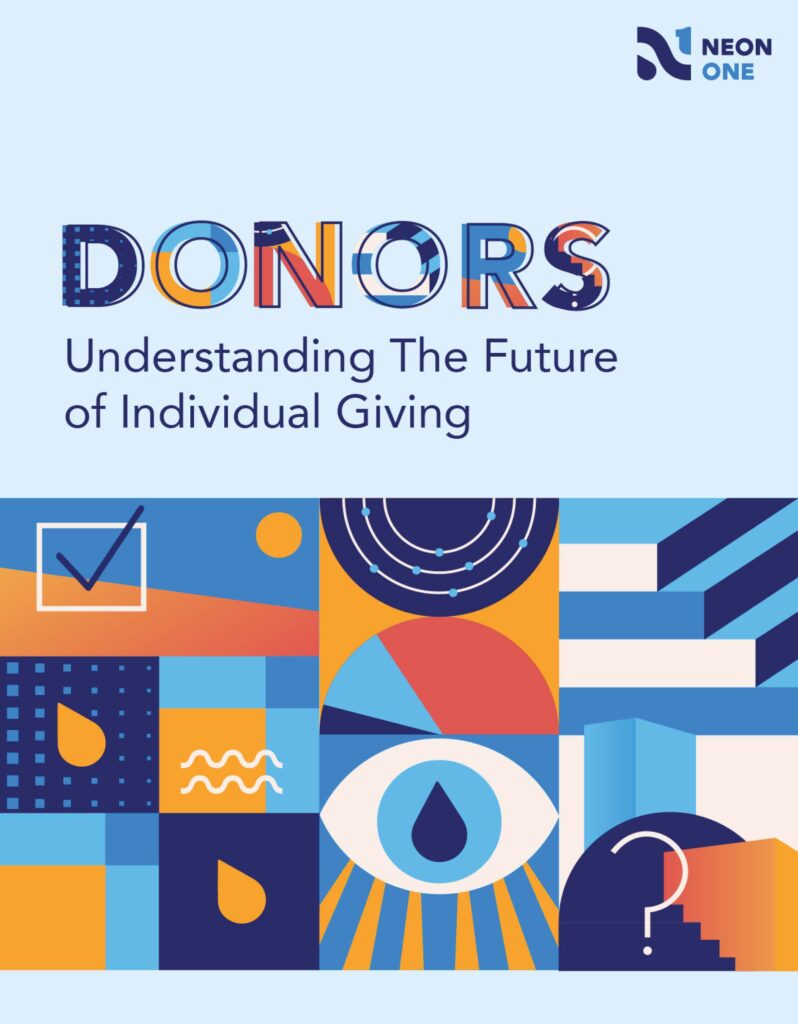Review of Charitable Giving by Affluent Households – Part 2
What is this Report?
The 2023 Bank of America Study of Philanthropy report is the 9th biennial examination about philanthropic attitudes, priorities, and more for affluent US households in 2022. It is written as a collaboration between Bank of America and the Indiana University Lilly Family School of Philanthropy. It is based on 1,623 wealthy US households, defined as either a net worth $1M+ or annual household income of $200K+. The average mean income was $523,472 and average mean wealth of $31M.
The report was full of so much valuable information, we decided to split it into two blog posts.
Read More »Review of Charitable Giving by Affluent Households – Part 2





